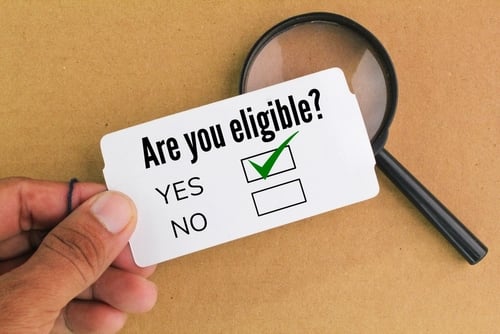Residential and Commercial Leases
A lease represents an agreement between two parties to rent a specific property for a fixed amount of money over a period of time. The signed parties in a lease agree upon certain conditions- including dates of occupancy, permitted uses of the property, any allowable changes that can be made to the property, and for which components of upkeep the owner and tenant are to be held responsible.

Table Of Contents
Residential Leases
In a residential lease agreement, a contract is created between an individual tenant and landlord to utilize property for a living arrangement. The property in a residential lease is not to be used for a commercial purpose, such as the sale of goods or services, or for manufacturing. The property is to be used primarily for residence – not for profit – and residential codes are often in place that apply to the maintenance and appearance of the property. Residential property – such as a house, apartment, or condominium – is typically rented “as-is,” with the responsibility toward maintaining the property falling upon the landlord. Security deposits ensuring the landlord against damage to the property are common. Should a tenant desire to make any changes to the property, the tenant must request permission from the landlord. The rent in a residential lease typically takes the form of a fixed monthly amount and can range in duration from month-to-month to a period of several years. Many residential leases include a provision that converts the lease to month-to-month tenancy at the close of the original lease term.


Commercial Leases
In a commercial lease agreement, a contract is created between a business tenant and landlord to utilize commercial property for the purposes of generating a profit through the sale of goods or services, or for manufacturing. When signing a commercial lease, the proper name of the business entity, corporation or LLC should be stated on the lease as the tenant. The property in a commercial lease is considered a commercial business space and is not one meant for everyday living. Commercial leases involve properties such as warehouses, strip mall space and office space in areas that have been zoned for commercial use. These leases include premises clauses that are specific as to which portions of the commercial premises are to be occupied and for what allowable uses. Rent in a commercial lease is generally calculated based on the amount of square feet to be occupied by the tenant and can include a percentage of gross revenue generated monthly.
When Paying Rent
In a residential lease, be proactive and contact your landlord. If your financial distress is temporary, be honest and forthright, and you may be able to work something out with your landlord. However, in many cases, a landlord may act swiftly to move toward enforcing the lease and evict a non-paying tenant. Here, the best solution to breaking a residential lease is to search for a suitable replacement tenant and request permission to assign the lease or terminate it without penalty in exchange for the landlord signing a new lease with the replacement tenant. In some cases, the replacement tenant is willing to pay a higher rent, as market conditions may dictate, and the landlord becomes amenable to breaking an existing lease without penalty.
If you simply choose to walk away and break a residential lease, you run the risk of forfeiting your security deposit, and your landlord can hold you fully accountable for at least two months of additional rent. Additionally, your credit profile will be negatively impacted and you will likely encounter difficulty when attempting to secure a subsequent residential lease.
In a commercial lease, falling behind on rent can have long-term negative implications on a business, as the ensuing credit profile damage can impede the ability to secure an alternative lease location and any subsequent financing. Additionally, commercial leases can prove even more difficult to break than residential leases, with landlords often requiring a personal guarantee in the event that the business entity becomes unable to pay.
Though the process of breaking a commercial lease can prove difficult, after re-reading a commercial lease for any early-termination clauses to which you may qualify, contact the landlord and explain why you may need to negotiate outside the terms of the lease. Discuss the prospects of assigning or subletting the lease to another tenant in the event that you don’t meet the qualifying conditions of any early termination clause. Be prepared to forfeit some or all of your security deposit and to be held liable for at least two months rent. However, even though a landlord can attempt to hold a commercial tenant liable for all remaining lease payments, the landlord has a legal duty to mitigate damages by searching for a suitable replacement tenant. Accordingly, a commercial tenant can help minimize costs by searching for a suitable replacement tenant, as in the case of a tenant in a residential lease.
Credit Card Debt Relief Reviews
Get Debt Relief
Speak with licensed debt specialists dedicated to guiding you toward financial stability every step of the way.

Ready To Get Started?
See if you qualify for debt relief. Get a Free savings estimate to see how quickly you can be debt free.
Embrace financial freedom with our tailored solutions, expert guidance, and unwavering commitment to your success.
Experienced Professionals
Our experienced team has helped thousands of clients successfully eliminate debt and regain financial freedom.
Customized Solutions
We know every financial situation is different, so we design personalized debt relief plans to fit your specific needs and goals.
High Success Rate
Our proven debt relief strategies deliver real results. With a strong track record of success, we help clients achieve lasting financial stability.
Confidential Consultation
Your privacy is our priority. All debt relief consultations are 100% confidential and handled with the highest level of discretion.
Explore other blogs











